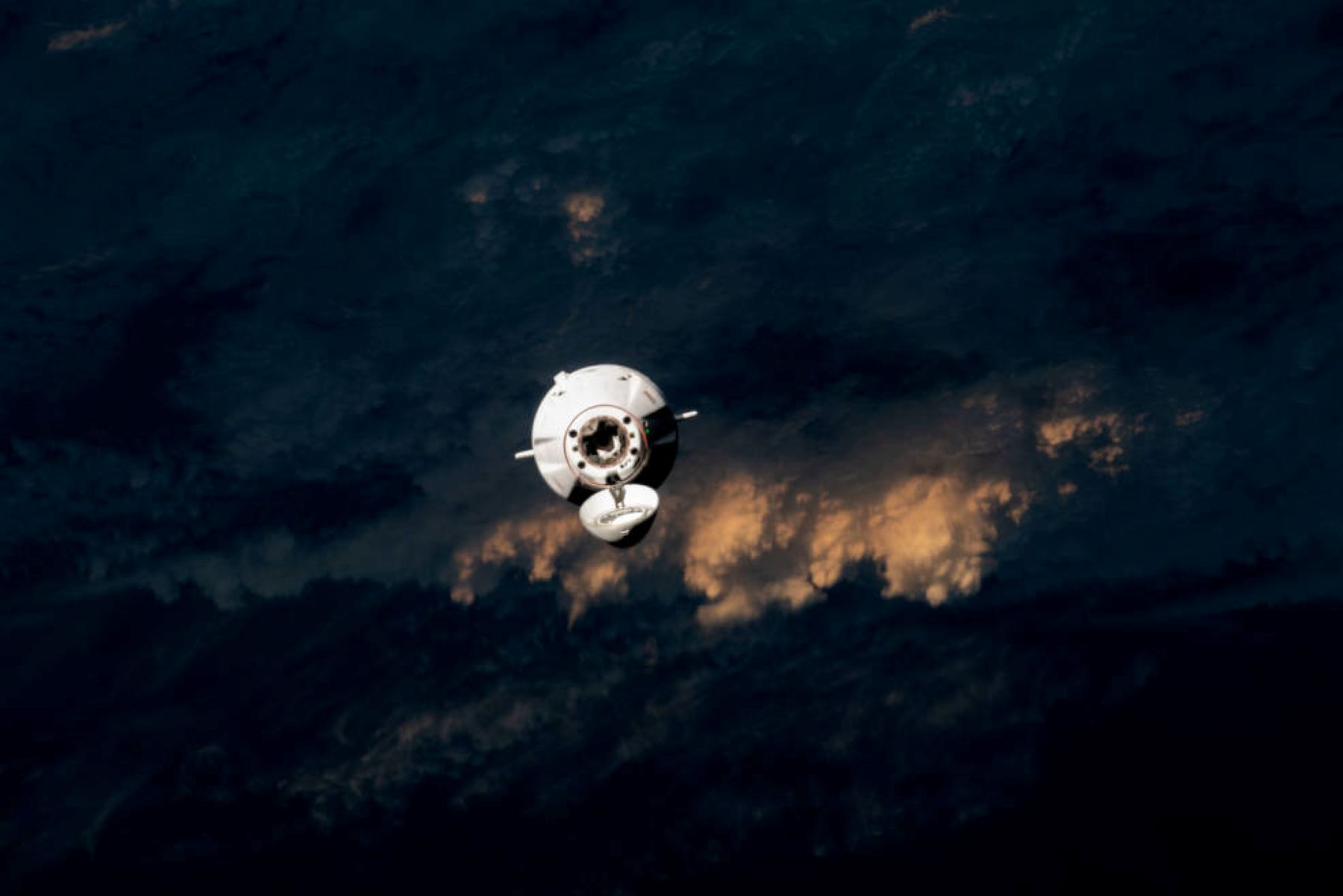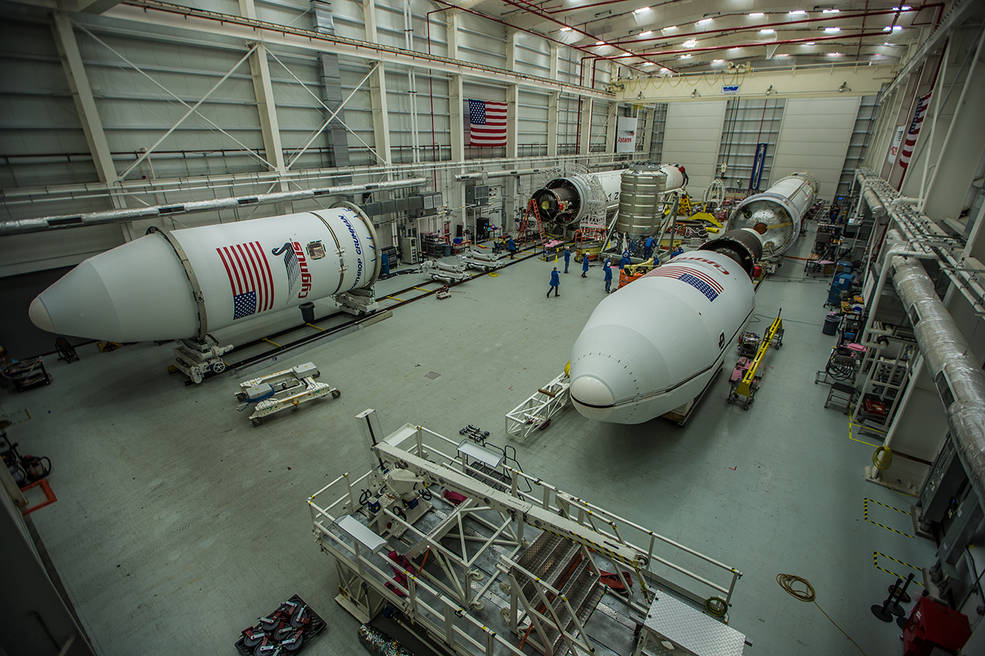Tech Today: Space Age Swimsuit Reduces Drag, Breaks Records
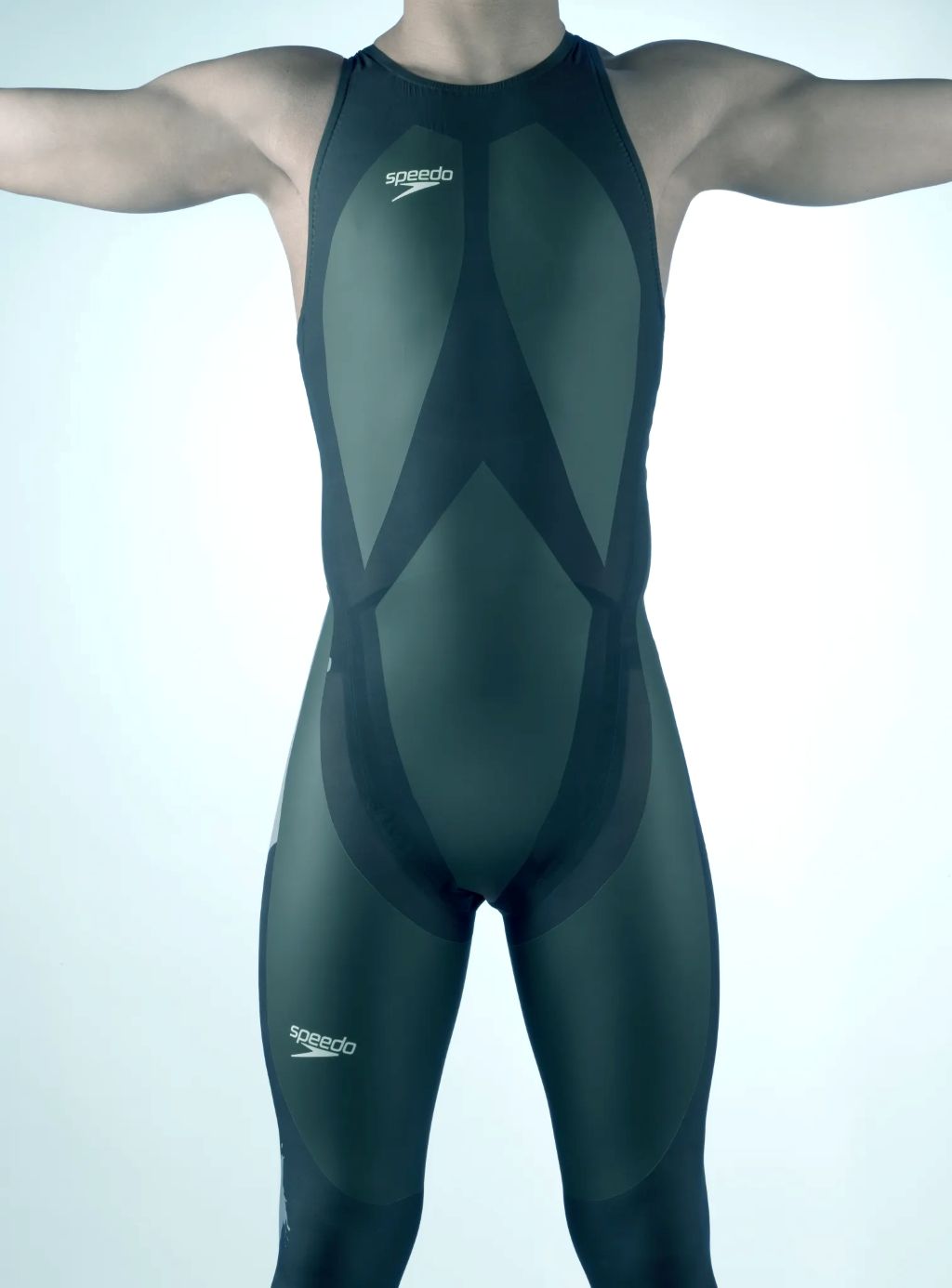
SpeedoUSA worked with Langley Research Center to design a swimsuit with reduced surface drag.
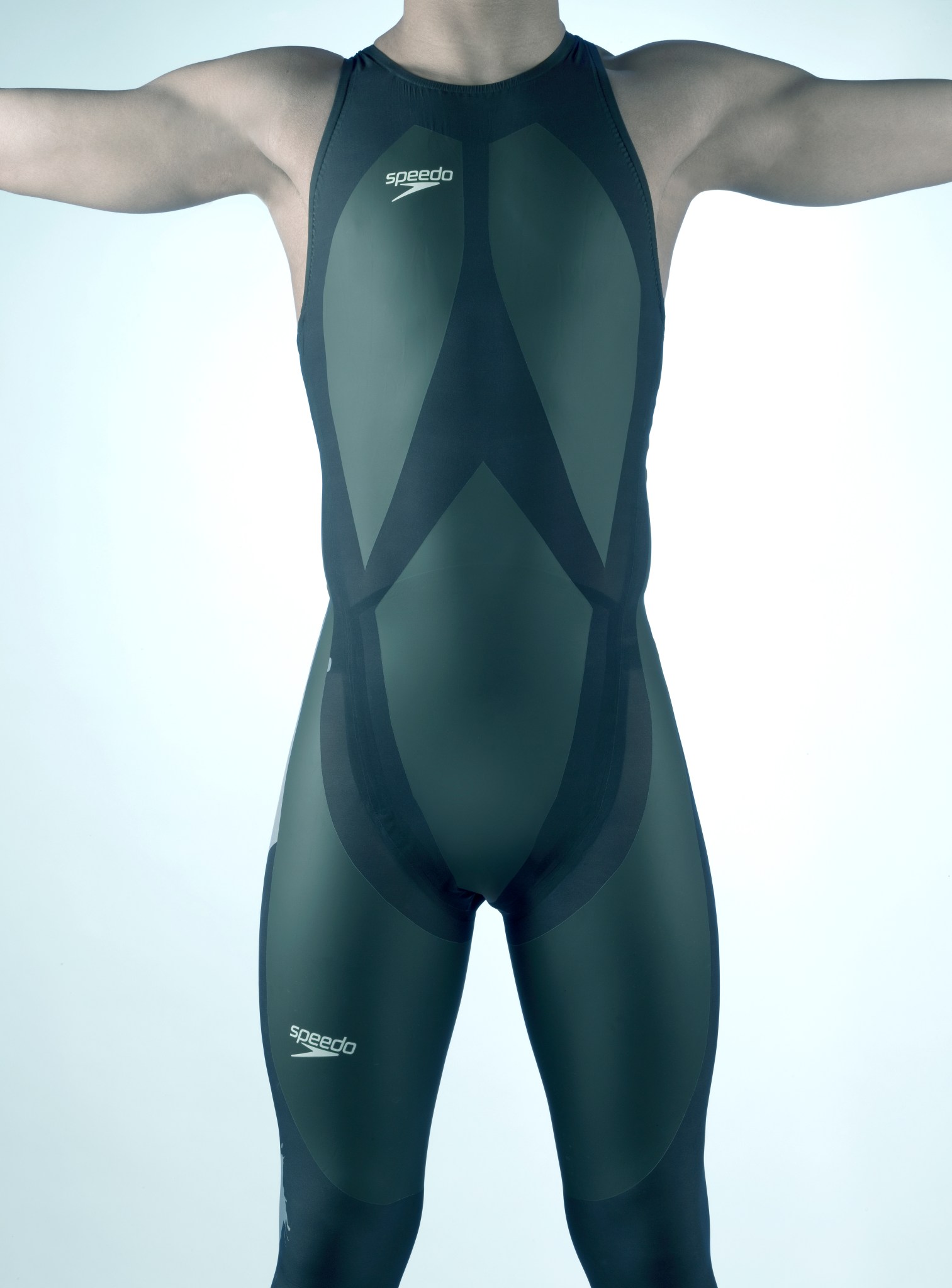
The LZR Racer reduces skin friction drag by covering more skin than traditional swimsuits. Multiple pieces of the water-resistant and extremely lightweight LZR Pulse fabric connect at ultrasonically welded seams and incorporate extremely low-profile zippers to keep viscous drag to a minimum.
Credit: SpeedoUSA
A supersonic airplane and a competitive swimmer have much more in common than people might realize; both have to contend with the slowing influence of drag. NASA’s Aeronautics Research Mission Directorate focuses primarily on improving flight efficiency and fluid dynamics, especially the forces of pressure and drag, which are the same for bodies moving through air as for bodies moving through water. Shortly after the 2004 Olympics, Los Angeles-based SpeedoUSA, also known as Speedo, asked NASA’s Langley Research Center to help design a swimsuit with reduced surface drag. The manufacturer sought a partnership with NASA because of the agency’s expertise in fluid dynamics.
In competitive swimming, where every hundredth of a second counts, achieving the best possible drag reduction is crucially important. Researchers at NASA began flat plate testing of fabrics, using a small wind tunnel developed for earlier research on low-speed viscous drag reduction and collaborated over the next few years with Speedo to design the LZR Racer swimsuit.
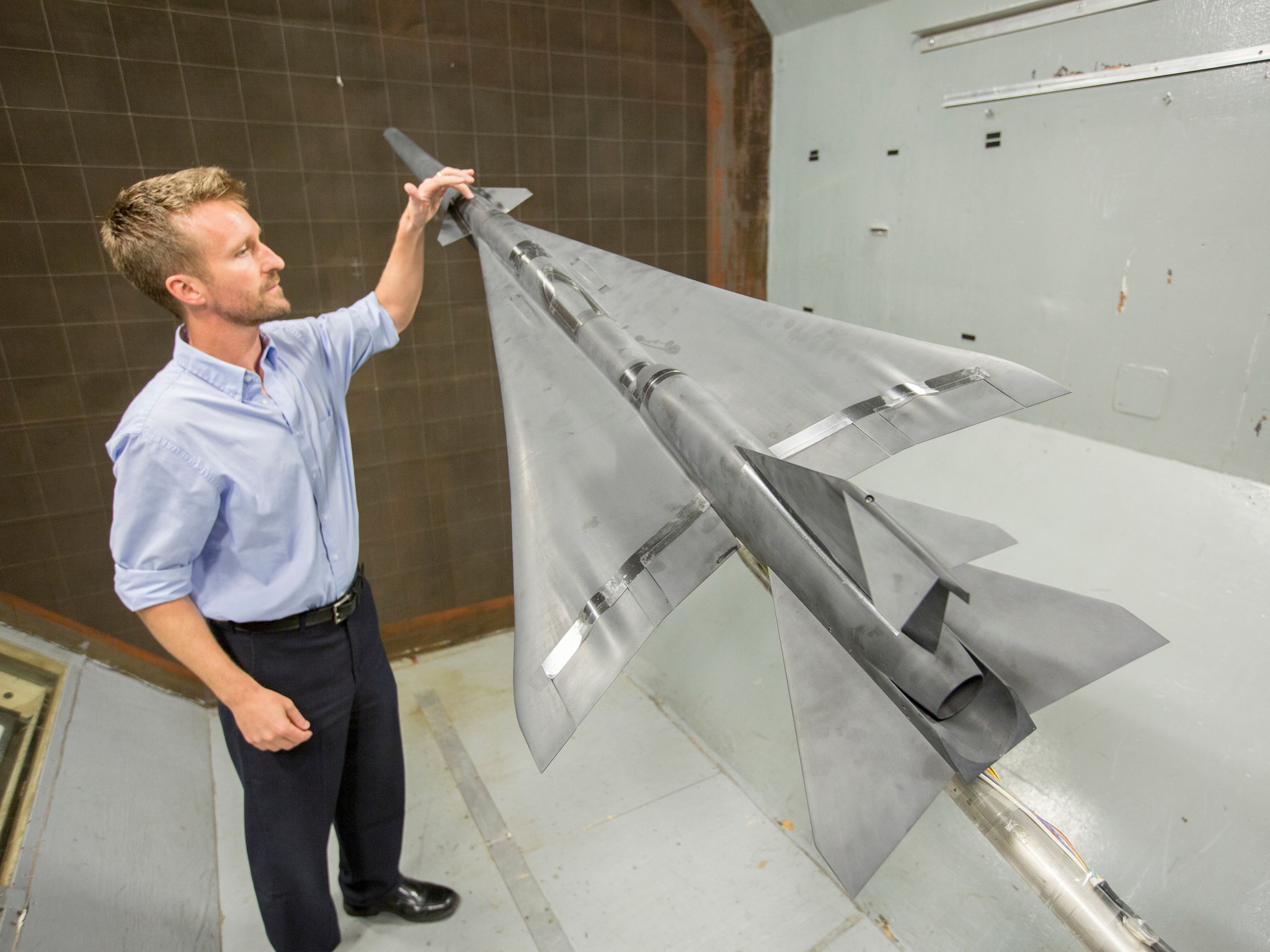
Researcher Corey Diebler inspects a model of the supersonic X-59 after a test in Langley Research Center’s 12 foot wind tunnel. Wind tunnel testing at Langley enabled Speedo’s LZR Racer to achieve its excellent underwater performance.
NASA/David C. Bowman.
NASA and Speedo performed tests on traditionally sewn seams, ultrasonically welded seams, and the fabric alone, which gave Speedo a baseline for reducing drag caused by seams and helped identify problem areas. NASA wind tunnel results helped Speedo create a bonding system that eliminates seams and reduces drag. The results also showed that a low-profile zipper ultrasonically bonded into the fabric inside the suit generated eight percent less drag in wind tunnel tests than a standard zipper. Low-profile seams and zippers were a crucial component in the LZR Racer, because the suit consists of multiple connecting fabric pieces—instead of just a few sewn pieces such as found in traditional suits—that provide extra compression for maximum efficiency.
In March 2008, the LZR Racer made its mark on the world of competitive swimming. Athletes donning this innovative swimsuit shattered 13 world records, a testament to the power of collaboration between NASA and Speedo. While the original LZR Racer is no longer used in competition because of the advantage it gave wearers, its legacy lives on in today’s swimsuits approved by World Aquatics, the governing body for international competitive swimming.

